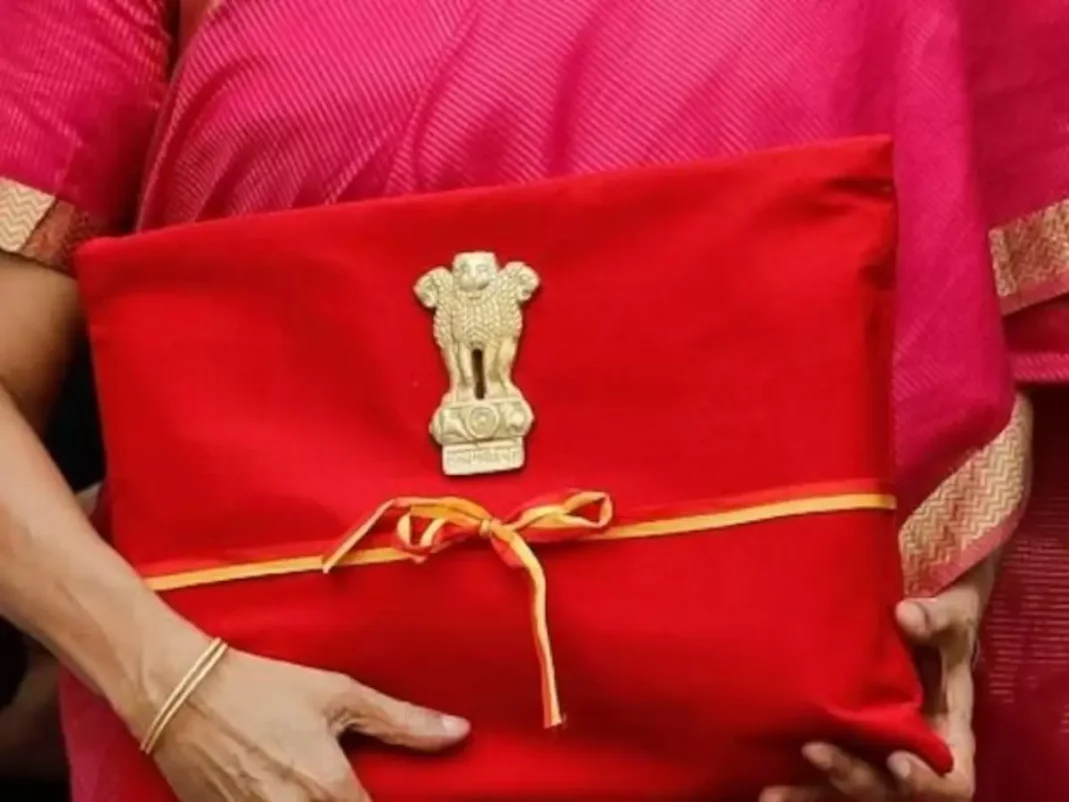India To Borrow Rs 6.61 Lakh Crore Amid Economic Concerns
In the second half of FY24-25 the Indian Government plans on borrowing Rs 6.61 lakh crore

The Indian government has unveiled its borrowing plan for the second half of the fiscal year 2024-25. The Reserve Bank of India deliberation, which took place on September 26 stated that this a specified plan and points toward the strategy to finance the revenue gap and strengthen economic growth.
An economist at one of the large players of the country’s stock market, said, “This is what roped in as a careful balance between fiscal prudence and the need to support the ongoing economic recovery.”
Overview Of India’s Plan of Borrowing
It mainly relates to the government’s plan to raise ₹6.61 lakh crore between October and March through 21 weekly auctions. This would translate into 47.2% of the gross market borrowing target for the entire fiscal at ₹14.01 lakh crore. It would, therefore, represent that the government was proactive in managing its books of accounts in general and also taking care of the liquidity in the market. It has increased allocation towards borrowing for the first half of the year, which amounts to 52.8%.
One of the high points in this borrowing plan is an allocation of ₹20,000 crore for Sovereign Green Bonds (SGrBs). That amount reiterates the serious intent India has toward sustainable finance and its serious effort to fund friendly projects toward the environment. This would enable India to raise much-needed capital for these ecologically conscious initiatives and bring India within a very prestigious category as a responsible player in this global war against climate change.
Actually, one can note the diversity and flexibility in the borrowing strategy of India. The finance ministry, in its statement, has elaborated that market borrowing would be divided into eight distinct maturities. This ranges from 3-year to 50-year securities. This diversified strategy has allowed the government of India to cater to a wide spectrum of investor preferences and, simultaneously, manage its debt profile very efficiently.
The maturity distribution has been carefully calibrated. And finally, the 40-year tenure holds the top spot with 15.9 percent, next close is 15-year tenures at 13.2 percent, then comes the 30 years tenures at 12.1 percent and at last the 50-year tenures at 10.6 percent. Of the total borrowing, 24.8 percent would be absorbed by the 10-year securities, also called a benchmark.
 Besides long-term borrowing, in its debt and short-term instruments’ plans, the government has also mentioned the latter. ₹2.47 lakh crore to be raised through Treasury Bills in the third quarter of FY 2024-25.
Besides long-term borrowing, in its debt and short-term instruments’ plans, the government has also mentioned the latter. ₹2.47 lakh crore to be raised through Treasury Bills in the third quarter of FY 2024-25.
Projected weekly borrowing pattern bills for which amounting to: ₹19,000 crore disbursed over tenures of 91 days, 182 and 364 days – ₹7,000 crore under 91 day, ₹6,000 crore under 182-day, and ₹6,000 crore under 364-day. Such a short term borrowing strategy complements long term issuance of debt and, thereby, gives the government some sort of flexibility to manage its cash flows efficiently.
To better manage the short-term mismatches in government accounts, RBI has increased the Ways and Means Advances (WMA) limit for the second half of FY 2024-25 by ₹50,000 crore. This facility brings some relief to the government, which can now borrow from RBI short-term basis to overcome the liquidity deficit arising from any fluctuation in the cash flows of the government. Henceforth, RBI ensured fresh market borrowings are made only when 75% of WMA limit is drawn so that at any point of time, the government does not run dry of its liquid funds.
It is a clear and predictable borrowing plan. The government has already made available a detailed auction calendar which clearly would guide both institutional as well as retail investors. Such clarity would help in the efficient planning of investments on part of market participants thus helping in maintaining stability in the bond market.
Simultaneously, flexibility in the borrowing calendar as and when required to the desire of the Indian government and changing market conditions has been retained. This flexibility, however goes as far as allowing issuance of non-standard instruments, like Floating Rate Bonds (FRBs) and Inflation Indexed Bonds (IIBs), whereby it does show its intent to innovate in debt management.
All the auctions covered under this calendar would be carried out with a facility for non-competitive bidding as part of measures to enhance retail participation in government securities. This facility would create 5 per cent of the notified amount for specified retail investors, thus enhancing wider participation in the market for government securities and thereby aiding debt markets deepening in India.
 The current borrowing plan needs to be seen in the context of the general fiscal scenario. The gross borrowings for FY 2024-25, placed at ₹14.13 lakh crore in the Interim Budget, was reduced by ₹12,000 crore in July on account of good revenue collection. That marks commitment to fiscal consolidation and faith in the ability of the economy to raise revenues.
The current borrowing plan needs to be seen in the context of the general fiscal scenario. The gross borrowings for FY 2024-25, placed at ₹14.13 lakh crore in the Interim Budget, was reduced by ₹12,000 crore in July on account of good revenue collection. That marks commitment to fiscal consolidation and faith in the ability of the economy to raise revenues.
It would be seen here that gross borrowing of ₹14.01 lakh crore by the current year is lesser than the estimate of ₹15.43 lakh crore made for last year and it happened to be the highest ever. The fiscal deficit target for FY 2024-25 stands at 4.9% of GDP, that will, yet again, throw light on the commitment of the government towards fiscal prudence. It would bring out the fine balance that the government is to strike in its exercise over the economy without a great setback on growth.
The strategy the government of India would adopt for the second half of FY 2024-25 would reflect the fine-tuned sensitivity of its understanding of market and economic needs.
It spreads the borrowing over a wide range of maturities, including this new series of green bonds and thereby remains flexible to absorb the higher need for expenditure. With shocks to the economy remaining prevalent, the lower target this year vis–vis last year remains a reality, reflecting the confidence it has in its collection and commitment towards prudent fiscally prudent practice.
Borrowing plan becomes the cornerstone of India’s plans and management in this post-pandemic world with straining economic conditions. It is to balance spending on developmental initiatives with that required for proper fiscal health. However, this would depend on variables in the global economic condition, domestic growth prospects, and the Indian government’s ability to pursue its targets in revenue terms.
It further provides critical information to the investors, economists, and even policymakers regarding the thinking process of the government and what it is going to adopt to combat the problem of debt.
Of course, when these auctions do arrive, this policy approach will work through translation to market dynamics and, of course, the consequences for India’s economic trajectory. That would affect the near to medium-term fiscal well-being and economic stability of India mainly based on how well it is implemented.




